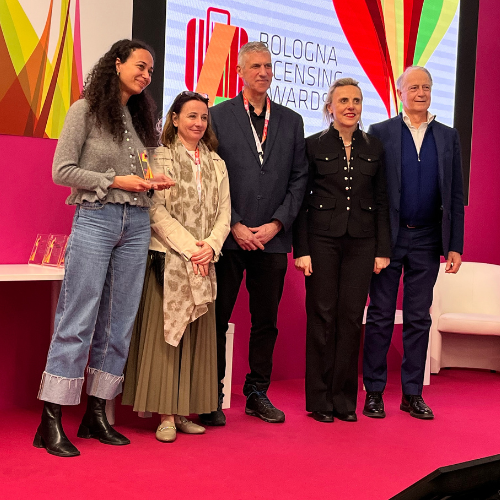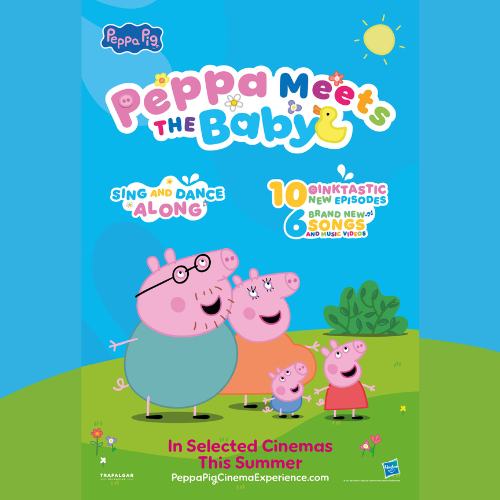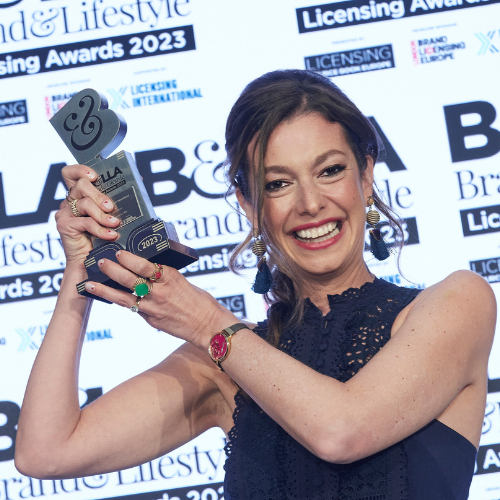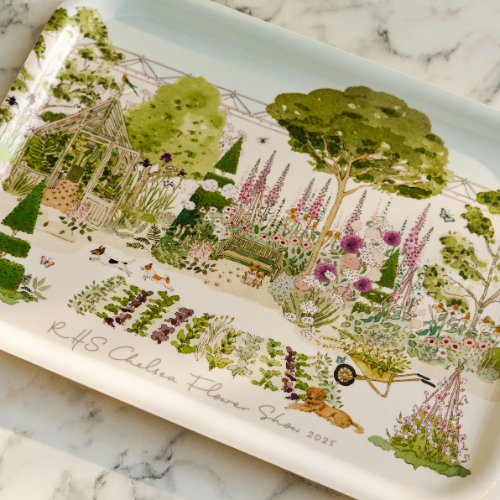Bits + Pixels’ Su-Yina Farmer on why female gamers shouldn’t be forgotten when building a licensing programme.
As specialists in video game licensing, we’re big on acutely understanding the appeal of video game brands and its player-base, and when it comes to gaming audiences, one topic that is very close to our hearts here at Bits + Pixels is acknowledging and catering for the female gamer – being gamer ladies ourselves!
It almost seems superfluous to call myself a Female Gamer, even though, yes I am both of these, I also regularly take part in the other two popular forms of entertainment: music (Female Music Listener) and movies (Female Movie Watcher). But there is a longstanding belief that unlike music and movies, video games are, for the most part, a male preoccupation – rather like fishing or Scalextric, when in fact video games have an incredibly broad appeal. It’s because of this belief that there’s even the notion of a ‘Female Gamer’ – somehow we have to stand out as being a legitimate, substantial part of the gaming audience and be counted by having this label.
It might come as a surprise that almost 50% of gamers are female. Although, this statistic can be broken down into game genres, revealing that a large portion of mobile gamers are female, for example, and not all game genres have an equal gender split (female gamers tend to gravitate towards fantasy games rather than sport or tactical shooters). There is, however, a sizable audience of female gamers and yet this isn’t always reflected in the range of game merchandise, or even considered when assessing the potential of gaming brands.
A report by Quantic Foundry found that the top three motivations for playing video games for females were (in order): Completion, Fantasy and Design (for males it was Competition, Destruction and Completion). What this shows us is that generally when females play video games, they are committed and enjoy full immersion (I concur, having spent a total of 365 hours playing Destiny 2 in the last 11 months). Design as a motivation is described as being able to customise a character or other elements of the game – having some part of yourself in the game reinforces the idea that female gamers are fully invested, both in time and creatively.
Because females can have such immersive and engaging experiences in video games, it follows that they would want meaningful products that extend that experience to outside of the game, as opposed to generic, branded products. Since video games can resonate strongly with female gamers, quality products with particular attention to the aesthetic and in-game references are going to be appealing, as well as creative and innovative products that really show a deeper appreciation of the game.
Understanding that female gamers are an important and significant consumer base means that categories that are geared towards females, such as handbags, jewellery, beauty and trend-savvy apparel (yes, lady gamers are fashion conscious!), should become more prevalent in video game licensing. More expensive, premium items that can be coveted should also be considered. We’re seeing much improvement with licensing in this sector, but it’s still common to see game t-shirts exclusively in men’s sizing…
At Bits + Pixels, we love to study each video game that we represent, understanding its audience, honing in on what resonates with them most and supporting our partners to reach their full potential with a gaming brand. This includes brainstorming ideas for ranges, considering what would appeal to the female fanbase – not as an afterthought, but as a necessary and important part of the process that drives a fantastic and exciting, meaningful range for the whole audience.
Su-Yina Farmer is co-director of Bits + Pixels Agency. Its clients include Blizzard, Capcom and Bungie (on the Destiny franchise). She can be contacted on su-yina@bitsandpixels.agency.

































